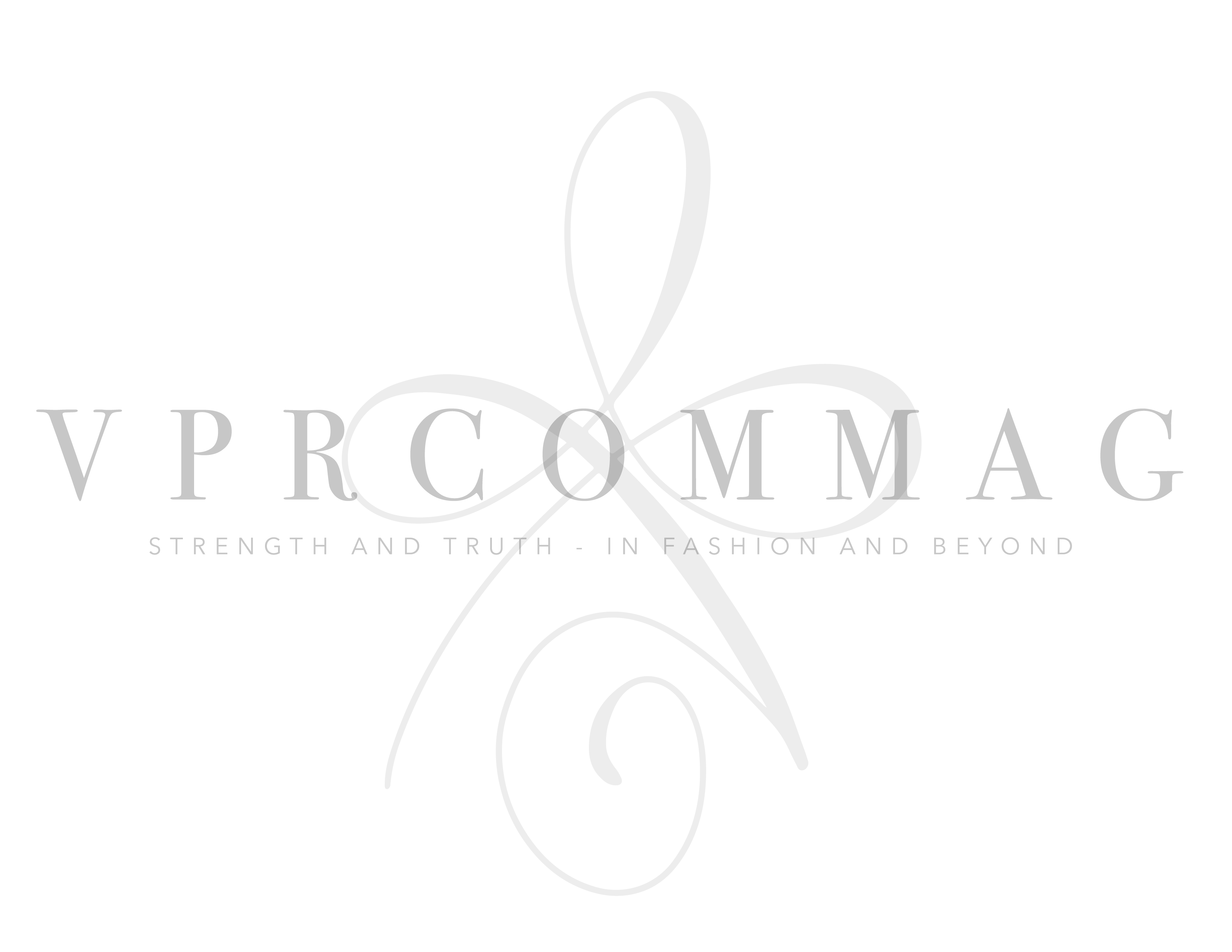If you watch sports today or go to a large gym, there’s a great possibility that you’ll see someone sit down and whip out their massage gun for a quick massage to their muscles. But what is that massage gun actually and can it help with muscle pain? How do you even use it for recovery? Find out all the answers below.
How do their work?
Regular massage and massage guns use pressure to administer deep therapy to the muscles. While massage therapists can do many different moves and manipulate your muscles in different ways, their benefits are many, but it’s not possible to book a massage after every workout (at least not for most of us). Instead, we can use massage guns. The secret behind massage guns is that these devices can deliver massage to muscles by hitting them quickly and deeply. Thanks to fast and deep hits from the head of the device, more blood is sent to those areas, making them nice and warm before exercise or before the healing process starts. Massage gun therapy also might help with your range of motion and flexibility, because it boosts muscle lubrication. And by overstimulating the muscle, it can also cause your body’s pain triggers to stop working for a white, giving your relief.
Another advantage of a massage gun is that it can reach all the small nooks and crannies. Unlike with foam rollers, you can target specific areas that are hard to reach like biceps, pectorals muscles and psoas muscles.
What are the benefits of massage?
Massage in general (regular kind administered by hands and the modern one administered by massage tools) is a great stimulant for blood flow. After a workout when your body is sore, a nice massage will bring fresh blood full of oxygen to your muscles, feed the tissues damaged during the workout and help the body flush all the toxins away from the muscle. It’s well-known that after a hard workout, lactic acid builds up in the muscles—this is what causes that familiar feeling of soreness. However, with massage, it’s possible to reduce that buildup and boost muscle recovery.
Another benefit of massages is their ability to reduce inflammation. As you work out, your activities cause micro-tears to your muscles which end up inflamed due to certain substances released into the body. Well, with a massage, it’s possible to stop the creation of these inflammation-causing chemicals! And when there’s no inflammation, you also don’t get soreness and pain.
How do you administer percussive massage yourself?
Sure, professional massage is very beneficial and relaxing, but also expensive to use more than a few times a year. Luckily, there are affordable and practical massage devices you can buy and use at home, at the gym or in the office—whenever and wherever you feel pain. With a massage gun, you will usually get different attachments that allow you to reach different areas and massage different muscles in the most effective way. With a massage gun, you can do the massage yourself in only a few minutes. Just sit down comfortably and start using the massage gun on muscle areas that went through a lot of work or those that experience tension. Use the gun on each muscle group for a minute, making sure not to feel intense pain or any type of electric feeling.
What not to do?
Massage, no matter in what form it comes, should never cause serious pain, only relief. If you use the massage gun in a way that causes pain, your muscles won’t relax at all. Muscles tend to tense up when expecting pain and it will feel like hitting a wall—it’s quite painful. In that case, reduce the pressure or turn down the intensity on your massage device. Next, if you start experiencing any sensation that reminds you of pins and needles or feel any electric pain (like when you bump your elbow), it means you’re touching a nerve and you should stop administering percussive therapy. Massage devices are designed to be used only on muscles, and not on nerves, bones, tendons, etc.
Also, it goes without saying, but you should not use your massage device on areas that have wounds, scabs, lesions or bone fractures that are not yet healed. Finally, it’s not recommended to use your massage gun on body parts with impaired sensation (this is especially important for people suffering from peripheral neuropathy). If you can’t feel the area, you won’t get useful feedback on whether you’re damaging the area or making it feel better.
Can you overdo it?
With percussion massage provided by the massage guns, longer use doesn’t automatically equal better use. As soon as you notice your tissue getting red, it means you have enough blood flow there and you can switch to a different area. Keeping the massage gun focused on one spot for too long (a few minutes) can even cause bruising of the skin. In general, experts recommend that you always move the gun around the area instead of keeping it static.
A massage is a great tool in muscle recovery and relaxation. No matter if you’re booking a therapist or doing it yourself with massage devices, you will enjoy the process and feel many benefits after.


